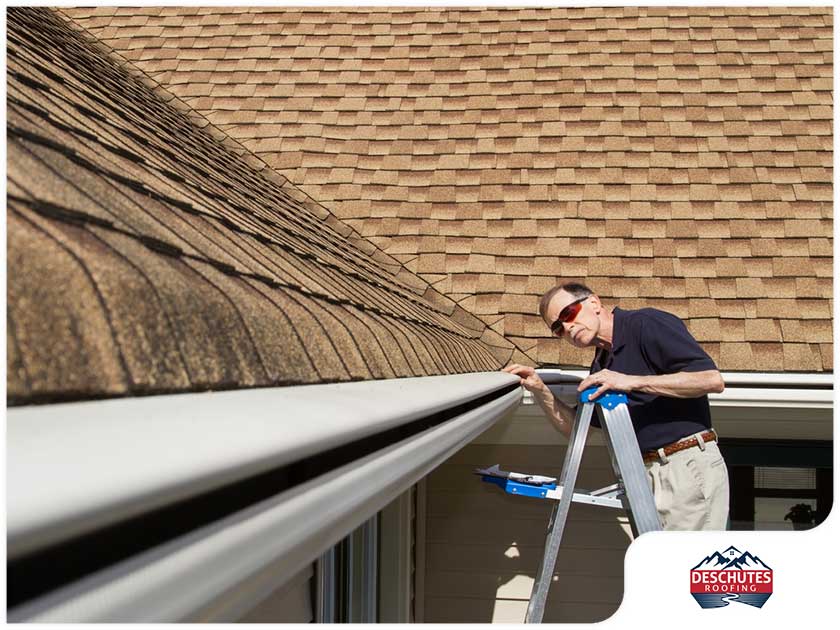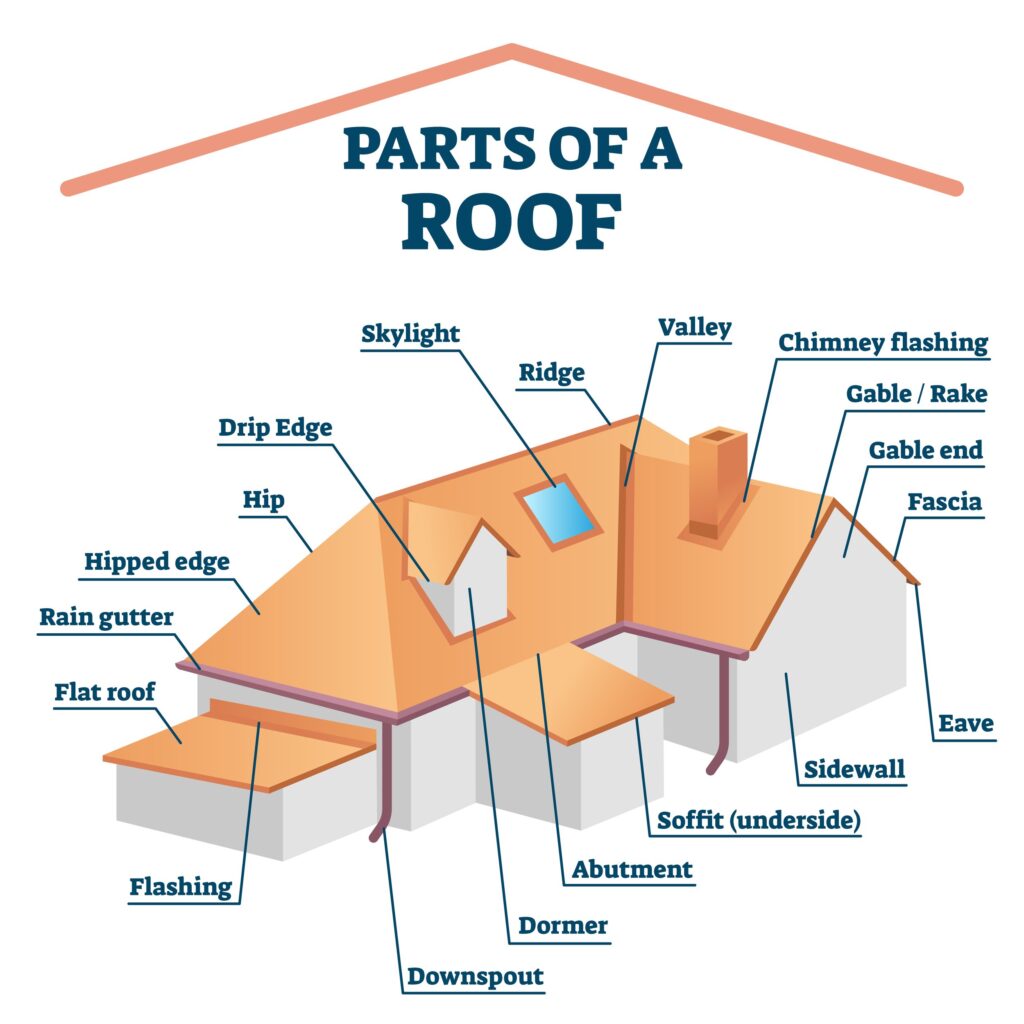When inspecting a roof, there are certain items that the inspector should remove beforehand to ensure a thorough evaluation. These items can greatly impact the accuracy of the inspection, so it’s essential to identify and remove them beforehand. From debris and vegetation to equipment and personal belongings, taking the time to clear the roof of such obstacles allows the inspector to fully assess its condition. In this article, we will discuss the importance of removing these items prior to evaluating the roof and how it can contribute to a more accurate inspection.
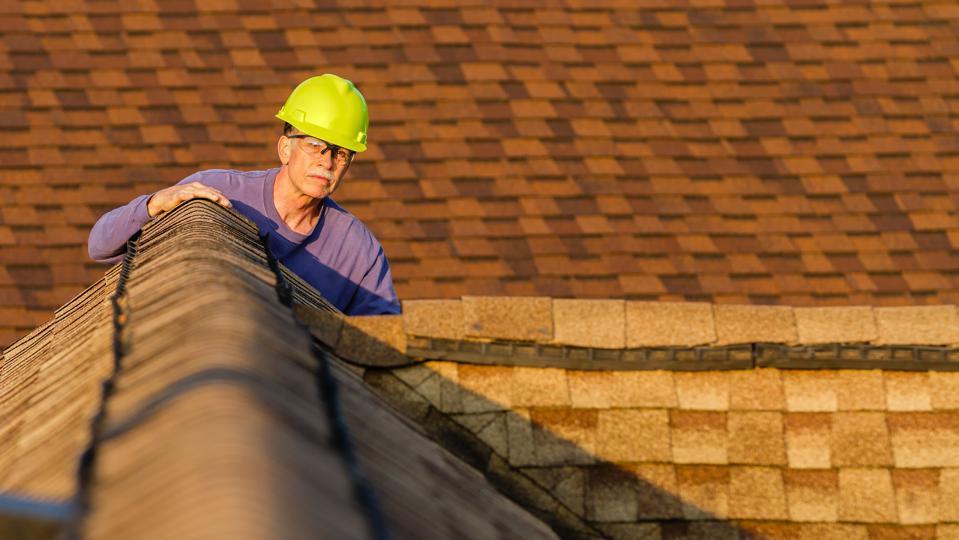

Debris
Leaves and Branches
Before evaluating the roof, it is essential for the inspector to remove any leaves and branches that may have accumulated on the surface. Over time, dead leaves can trap moisture and contribute to the growth of mold and algae, ultimately degrading the roof’s integrity. Additionally, branches can cause physical damage to the roof, potentially leading to leaks and other structural issues. By clearing away these natural debris, the inspector can get a clear view of the underlying condition of the roof.
Trash and Garbage
In some cases, roofs may become a dumping ground for trash and garbage. Items such as plastic bags, bottles, and other forms of litter can accumulate over time, causing both aesthetic and practical problems for the roof. Not only can this debris create an unappealing appearance, but it can also block drainage systems and hinder water flow. To ensure an accurate evaluation, it is essential for the inspector to remove any trash or garbage from the roof prior to the assessment.
Building Materials
During construction or renovation projects, it is not uncommon for small pieces of building materials, such as nails, screws, and wood scraps, to end up on the roof. These materials can pose significant risks if left unchecked. Sharp objects like nails and screws can puncture the roofing materials, leading to leaks, while wood scraps may rot over time and compromise the structural integrity of the roof. Therefore, it is vital for the inspector to remove any building materials from the roof before conducting a thorough evaluation.
Weathered Materials
Shingles
Weathered shingles can be indicative of the overall condition of a roof. Over time, exposure to the elements can cause shingles to deteriorate, leading to cracks, warping, or even missing pieces. These issues can leave the underlying layers vulnerable to water penetration, resulting in leaks and water damage within the structure. By closely inspecting and assessing the condition of the shingles, the inspector can identify potential weaknesses and determine if repairs or replacements are necessary.
Tiles
Similar to shingles, weathered tiles can also impact the functionality of a roof. Over time, tiles can become cracked, chipped, or dislodged due to exposure to harsh weather conditions. Such damage can compromise the roof’s ability to effectively keep out rainwater and protect the underlying structure. It is crucial for the inspector to remove any damaged tiles and evaluate if replacements are needed to maintain the roof’s integrity.
Metal Panels
Metal roofs are known for their durability and longevity. However, even metal panels can be subject to weathering. Over time, exposure to sunlight, rain, and wind can cause metal panels to rust, corrode, or develop weak spots. These issues can lead to water leaks and structural damage if not addressed promptly. By removing any weathered metal panels, the inspector can assess the extent of the damage and determine the necessary repairs or replacements to keep the roof in optimal condition.
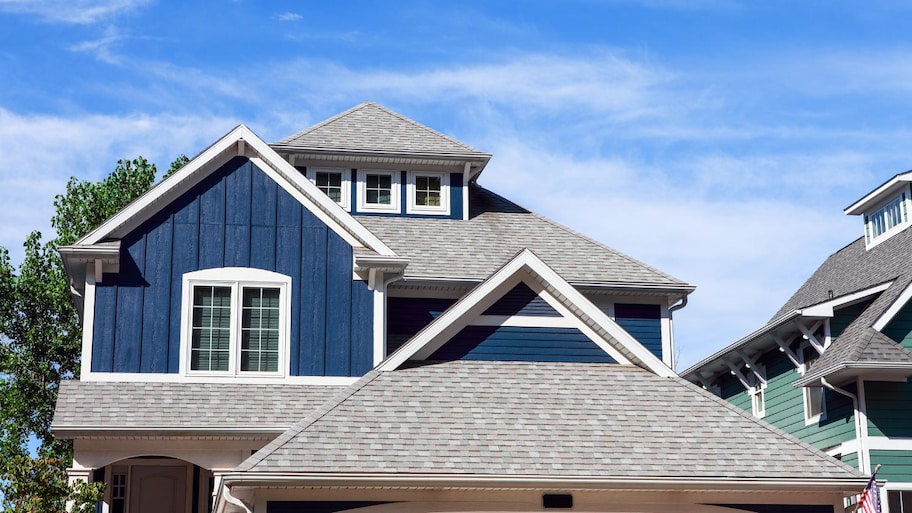

Vegetation
Moss
The presence of moss on a roof can be a cause for concern. While it may give a rustic and picturesque appearance, moss can actually damage the roof if left untouched. Moss retains moisture, and its growth can cause water to seep into the roofing material, leading to rot and decay. Furthermore, as moss spreads, it can lift and dislodge shingles or tiles, leaving the roof vulnerable to leaks and other issues. Therefore, any moss should be removed prior to evaluating the roof to accurately assess its condition and prevent any further damage.
Algae
Algae growth is another common issue that can affect the integrity of a roof. Algae thrives in damp environments and can retain moisture, leading to the deterioration of roofing materials over time. Its dark pigmentation can also absorb heat, potentially increasing energy costs. By removing algae prior to evaluation, the inspector can ensure an accurate assessment of the roof’s condition and determine if any cleaning or treatment is necessary to prevent further degradation.
Lichen
Similar to moss and algae, the presence of lichen on a roof can indicate moisture retention and potential deterioration of the roofing material. Lichen is a combination of fungus and algae growing together and can penetrate the surface of the roof, causing damage over time. Additionally, lichen can further promote the growth of moss and other vegetation, exacerbating the potential for water damage and structural issues. To accurately assess the roof’s condition, it is crucial for the inspector to remove any lichen prior to evaluation.
Obstructions
Satellite Dishes
Satellite dishes can be a common obstruction found on roofs. While they may provide convenient access to television and internet services, they can also create potential issues. Satellite dishes can block the flow of water on the roof, leading to water accumulation and increased risk of leaks. Additionally, their weight may cause stress on the roofing structure if not properly installed or maintained. The removal of satellite dishes prior to evaluation allows the inspector to thoroughly inspect the roof and identify any vulnerabilities or necessary repairs.
Antennas
Antennas, whether for television or radio signals, can also obstruct the roof and impact its condition. Similar to satellite dishes, antennas can interfere with the proper drainage of water, leading to standing water and potential leaks. Additionally, antennas can pose a safety hazard if they are loose or improperly secured, as they may fall or become dislodged during severe weather conditions. It is necessary for the inspector to remove any antennas prior to evaluation to ensure a thorough inspection and accurate assessment of the roof’s integrity.
Ventilation Systems
Ventilation systems, such as exhaust pipes or ventilation fans, are crucial for maintaining proper airflow and preventing moisture buildup in a building. However, these systems can become obstructions on the roof when not properly installed or maintained. Debris or damage to ventilation systems can restrict airflow, leading to excessive heat buildup or condensation, which can compromise the roof’s structural integrity. Therefore, it is essential for the inspector to clear any obstructions caused by ventilation systems before evaluating the roof.


Safety Hazards
Loose Cables
Loose cables on the roof can pose a significant safety hazard. Whether they are electrical cables or communication wires, their presence can increase the risk of electrocution or physical injury during inspections or maintenance. It is crucial for the inspector to remove any loose or dangling cables from the roof prior to evaluation to ensure a safe working environment and prevent accidents.
Exposed Wiring
Exposed wiring on the roof is another safety hazard that should be addressed before conducting an evaluation. Electrical wires can become exposed due to wear and tear, improper installations, or damage caused by animals. Exposed wiring poses the risk of electrical shock and potential fire hazards. To ensure the safety of the inspector and prevent further damage to the roof, any exposed wiring should be removed or properly secured before assessing the roof’s condition.
Hanging Objects
Hanging objects, such as signs or decorations, on the roof can pose safety risks during an inspection. These objects can obstruct the inspector’s movement or obscure their view, potentially leading to accidents or missed evaluation points. Additionally, if the hanging objects are not securely fastened, they may become dislodged in high winds, causing damage to the roof and surrounding areas. It is essential for the inspector to remove any hanging objects prior to evaluation to ensure a safe and thorough assessment.
Overhanging Tree Limbs
Branches
Overhanging tree branches can cause several issues that impact the roof’s condition. Branches can scrape against the surface, causing physical damage to the roofing materials. They can also obstruct the natural flow of water on the roof, leading to water accumulation and potential leaks. Moreover, branches provide a pathway for pests and animals to access the roof, leading to further damage and potential infestations. To accurately evaluate the roof’s condition, it is necessary for the inspector to trim or remove any overhanging tree branches.
Foliage
Similarly, overhanging foliage from trees can affect the roof’s condition. Falling leaves and twigs can clog gutters and downspouts, preventing proper water drainage and leading to water accumulation on the roof. Additionally, foliage can trap moisture against the roof’s surface, increasing the risk of mold and mildew growth. By removing any overhanging foliage prior to evaluation, the inspector can assess the roof without the interference of potential obstructions and accurately identify any necessary repairs or maintenance.
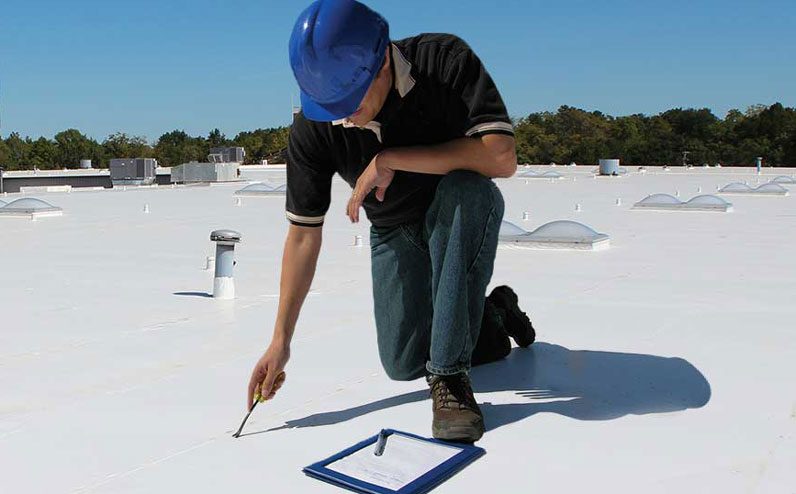

Animals
Nests
The presence of nests on the roof can indicate a potential infestation or frequent animal activity. Bird nests, squirrel nests, or other animal dwellings can cause damage to the roof’s surface, such as dislodged shingles or tiles. Furthermore, nests can clog gutters and downspouts, leading to water accumulation and potential leaks. To ensure a comprehensive evaluation, the inspector should remove any nests found on the roof and address any underlying issues caused by animal activity.
Bird Droppings
Bird droppings, while seemingly harmless, can pose risks to both the roof’s condition and human health. Over time, the acidity of bird droppings can deteriorate the roofing materials, leading to cracks and weakened surfaces. Additionally, bird droppings may harbor bacteria and fungi that can cause respiratory issues if inhaled. Therefore, it is crucial for the inspector to remove any bird droppings from the roof before evaluating its condition, considering both the aesthetic and health implications.
Insects
Insects, such as termites or carpenter ants, can severely compromise the structural integrity of a roof if left unchecked. These pests can burrow into the roofing materials, causing weakness and damage that can lead to leaks or even collapse. By removing any visible signs of insect activity, such as tunnels or nests, the inspector can accurately assess the roof’s condition and recommend appropriate treatments or repairs if necessary.
Blocked Gutters
Leaves
Blocked gutters are a common issue that can impact the functionality of the roof’s drainage system. Leaves, particularly during the fall season, can accumulate in gutters and downspouts, preventing water from properly flowing off the roof. This can result in water pooling or overflowing, potentially causing leaks and water damage. To ensure an accurate evaluation of the roof, it is crucial for the inspector to clear any leaves from the gutters prior to assessment.
Dirt
In addition to leaves, dirt and debris can also accumulate in gutters over time, further obstructing the flow of water. Dirt can create a barrier, preventing proper drainage and increasing the risk of water accumulation on the roof. By removing any dirt from the gutters, the inspector can ensure an accurate evaluation of the roof’s condition and identify any necessary cleaning or maintenance to optimize its functionality.
Debris
Aside from leaves and dirt, other forms of debris, such as twigs or small branches, can also block gutters. These obstructions can exacerbate water flow issues and increase the risk of leaks or water damage. To conduct a comprehensive evaluation, it is essential for the inspector to remove any debris from the gutters and ensure that the drainage system is clear and functional.
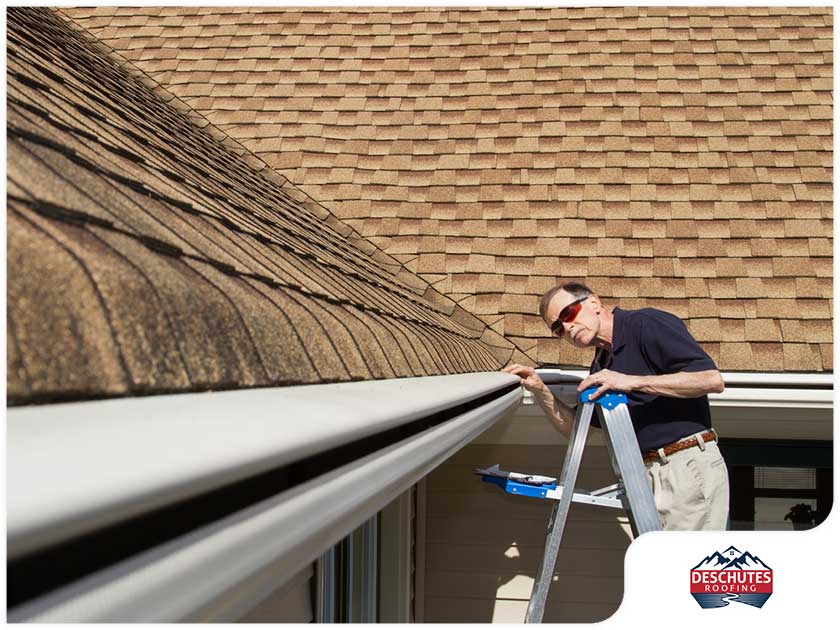

Leaks or Water Accumulation
Pools of Water
The presence of pools of water on the roof can indicate various issues, including poor drainage, damaged roofing materials, or improperly installed flashing. Standing water can lead to leaks, corrosion, and further deterioration of the roof’s structure. By evaluating and addressing the cause of water accumulation, the inspector can recommend appropriate repairs or improvements to prevent further damage and ensure the roof’s longevity.
Stains
Stains on the roof can be indicative of past or current water leaks. These discolorations may appear as dark patches, mold growth, or water streaks. Stains can highlight areas where the roofing materials have been compromised or where water has penetrated the surface, potentially causing damage to the underlying structure. By investigating the source of the stains and assessing the extent of the damage, the inspector can recommend appropriate repairs to prevent further leaks and water accumulation on the roof.
Structural Damage
Cracks
Cracks on the roof’s surface can be a significant cause for concern. Whether they are visible in the shingles, tiles, or metal panels, cracks can compromise the roof’s ability to keep out water and protect the structure. These openings allow water to seep in, potentially causing leaks, mold growth, and damage to the underlying layers. By identifying and evaluating any visible cracks, the inspector can determine the necessary repairs to maintain the roof’s functionality and structural integrity.
Buckling
Buckling refers to the warping or distortion of roofing materials, often caused by heat, moisture, or improper installation. This can affect the roof’s ability to shed water, leading to water accumulation and potential leaks. Buckling may also compromise the overall stability of the roof, increasing the risk of further damage during severe weather events. By examining the roof for any signs of buckling, the inspector can recommend appropriate repairs to restore its structural integrity and prevent future issues.
Sagging
Sagging on the roof’s surface is a clear indication of structural damage. It can be caused by excessive weight, weakened or damaged support structures, or inadequate construction practices. Sagging roofs not only compromise the aesthetics of the building but also pose safety hazards and increase the potential for water leaks and further structural damage. To ensure the safety and long-term functionality of the roof, it is vital for the inspector to identify and address any areas of sagging during the evaluation process.
In conclusion, prior to evaluating the roof, it is crucial for the inspector to address various factors that can affect the roof’s condition and functionality. By removing debris, weathered materials, obstructions, safety hazards, overhanging tree limbs, animals, blocked gutters, leaks or water accumulation, and identifying structural damage, the inspector can conduct a thorough assessment and provide accurate recommendations for repairs or maintenance to ensure the longevity and reliability of the roof. Remember, ensuring the integrity of the roof is essential for the overall safety and well-being of the entire structure.

